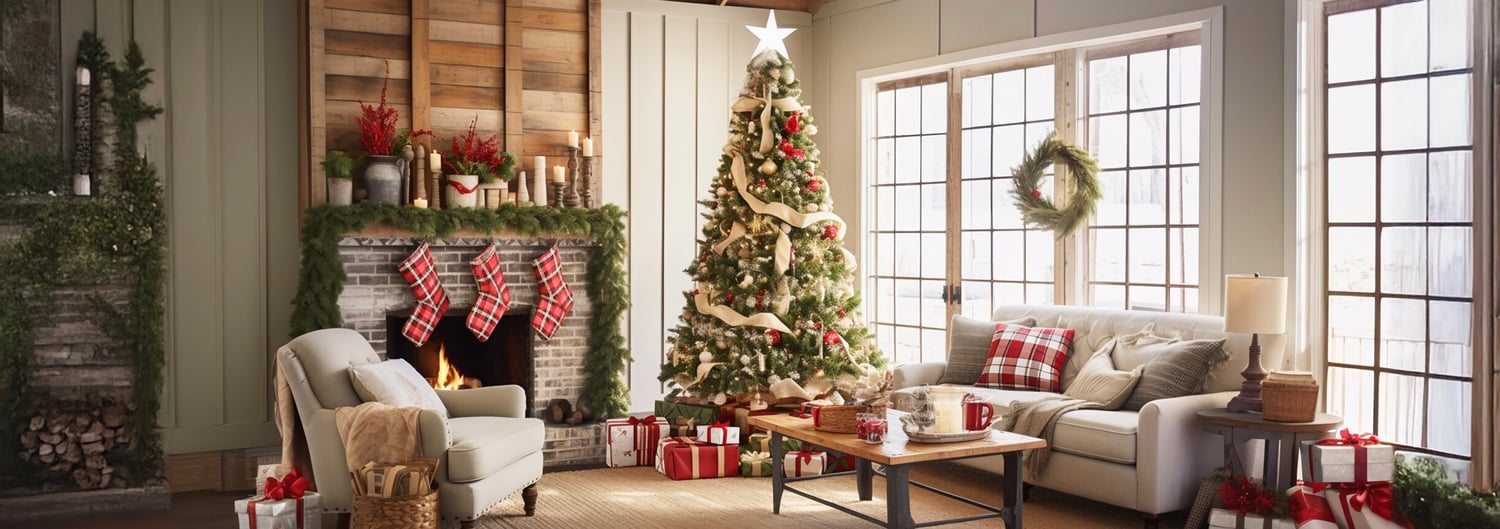Convenient Storageportable Christmas trees are perfect for those who have limited storage space. These trees can easily be collapsed and stored in a compact box, allowing you to tuck them away in a closet or under a bed until next year.Easy AssemblyGone are the days of struggling to put up a traditional Christmas tree. Portable Christmas trees come with simple assembly instructions, making it quick and stress-free to set up your tree in minutes.Lightweight and DurableDespite being lightweight, portable Christmas trees are constructed with durable materials that ensure they can withstand multiple years of use. This makes them ideal for those who want a long-lasting tree without the hassle of a heavy traditional tree.Versatile DesignPortable Christmas trees come in various sizes and styles, allowing you to choose one that fits your space and aesthetic preferences. Whether you prefer a classic green tree or a modern white one, there is a portable option for everyone.Perfect for Small SpacesIf you live in a small apartment or have limited floor space, a portable Christmas tree is the ideal solution. These trees can fit comfortably in tight corners or on tabletops, bringing holiday cheer to even the smallest of spaces.Travel-FriendlyFor those who travel during the holiday season, a portable Christmas tree is a must-have. These trees can be easily packed up and taken with you wherever you go, allowing you to enjoy a festive atmosphere no matter where you are.Cost-Effective OptionPortable Christmas trees are often more affordable than traditional trees, making them a cost-effective option for budget-conscious shoppers. Despite their lower price point, portable trees still offer the same festive spirit as their larger counterparts.Eco-Friendly ChoiceMany portable Christmas trees are made from environmentally-friendly materials, making them a sustainable choice for those looking to reduce their carbon footprint. By opting for a portable tree, you can enjoy the holidays guilt-free.Customizable DecorWith a portable Christmas tree, you have the freedom to decorate it however you please. Whether you prefer a minimalist look with just lights or want to deck it out with ornaments and garland, a portable tree can be customized to suit your style.Child and Pet-FriendlyPortable Christmas trees are a safe option for households with young children or pets. Unlike traditional trees that can be knocked over or pose a hazard, portable trees are stable and secure, giving you peace of mind during the holiday season. Quote Inquirycontact us










